Administrative tasks routinely rank among the most disliked jobs that people do in both their working and personal lives. Furthermore, some of the most routine parts of any job also rank among the biggest productivity killers which, when added up across an entire project, can have huge implications for businesses.
Indeed, time-wasting tasks that deliver little to no value have been shown to account for close to a third of key executives’ weekly workloads. However, the good news, according to McKinsey insight, is that around 60% of occupations could automate one-third of tasks and improve their employees’ work and lives.
This is of specific concern to businesses in the construction industry, in which the effective management of projects is particularly prominent and important. Coordinating teams of architects, engineers and construction workers, as well as ensuring everyone who works on a project is on the same page, can be a huge task. But having tight deadlines to deliver a final product while keeping it within budget only increases the pressure on project leaders.
A typical construction project can have thousands of moving parts, all of which need to be tracked and maintained through arduous administrative tasks. And these routine activities tend to be the tasks that take the most time and inevitably kill productivity levels. Here are a few areas in which businesses need to target to reduce administrative tasks:
Unlock information discovery
The single biggest drain on resources for most businesses is the seemingly never-ending task of searching for information. Project teams are found to waste 21.8 hours per week - 54.5% of their working week - looking for documents and project information, according to business coaching firm Maui Mastermind.
Take control of email
Email remains by far and away the leading business communication method for project-based firms and the number one cause of lost productivity. A major construction project can see hundreds of emails per week going back and forth about project status, communicating design updates and sharing the latest versions of documents.
However, all too often these important emails are poorly managed by businesses. Emails often sit in inboxes with no attachment to the project they are related to until the employee manually tags them or moves them into an appropriate folder. As the days go by and the conversations continue without messages being filed away effectively it will become increasingly difficult and time consuming for project managers to discover the vital information they need at a later date.
Simplify document access
Documents of varying type, format and size are vital to the success of construction projects. The rise of the cloud has seen most businesses move to central repositories to host their shared documents, which is certainly a step in the right direction but is also accompanied by its own difficulties. With a vast amount of information stored within emails, how and where these are stored and how people gain access to them can have a major impact on the profitability and efficiency of projects.
Firstly, businesses must agree what should be in an email and what shouldn't. Then a consistent naming convention needs to be decided for all documents, not just ISO templates. And, lastly, ensure there is a clear set of documents someone can read when they first join the project to get up to speed without having to go through and read everything.
Improve workflow processes
Businesses can eliminate the burdens of administrative tasks and drastically increase efficiency levels by improving their workflow processes. Indeed, Smartsheet research found that 40% of workers spend at least one-quarter of their working week on manual, repetitive tasks, such as email, data collection and data entry.
Improving workflow processes to eliminate administrative burdens can drastically increase efficiency. The idea behind project information management software is not to change the creative process; it’s about helping those processes move along more efficiently so that everyone has what they need to get the job done right and on time.
Additionally, businesses can improve workflow processes by agreeing at the start of every project:
- Who to communicate if there is a problem with the relevant area such as materials, payments and missing documents
- A weekly call for 10 minutes to review outstanding workflows stuck in approval
- The automation of chasing tasks for things which are overdue
This is dependant on:
- Everyone doing the same thing with important emails
- Confidence that staff will file information
- Making your inbox a to do list
- Staff sharing information across the project rather than just copying everyone in
Drive business efficiency
An effective email management software can have a drastic effect on the amount of time that employees spend working on administrative procedures. Indeed, the Project Management Institute states that any organisation using project management methodology will be more likely to stay within budget, stay on schedule and meet scope - all of which means saving more money on projects.
Enhancing project management is about making the business more efficient and taking pressure off employees. It’s vital to help employees spend as much time as possible on the tasks they’re paid to do and deliver business value.
Doing this is reliant upon deploying an email management application that can:
- Make all emails accessible to everyone across the organisation, with the exception of highly sensitive information
- Prompt users to save documents and received and sent emails to the shared file
- Find emails in seconds when searching across a project, wherever employees are searching from
- Keep inboxes small
Reducing administrative tasks is key for all businesses and doing so is reliant on letting technology do the work for you. Leave the administrative issues to the software and the creative work can continue unobstructed, which means designers can design and engineers can focus on engineering.
Discover how Mail Manager can help your business improve efficiency and productivity levels across all your projects by reading our case study with Ramboll. And find out more by downloading our 15-day free trial.










